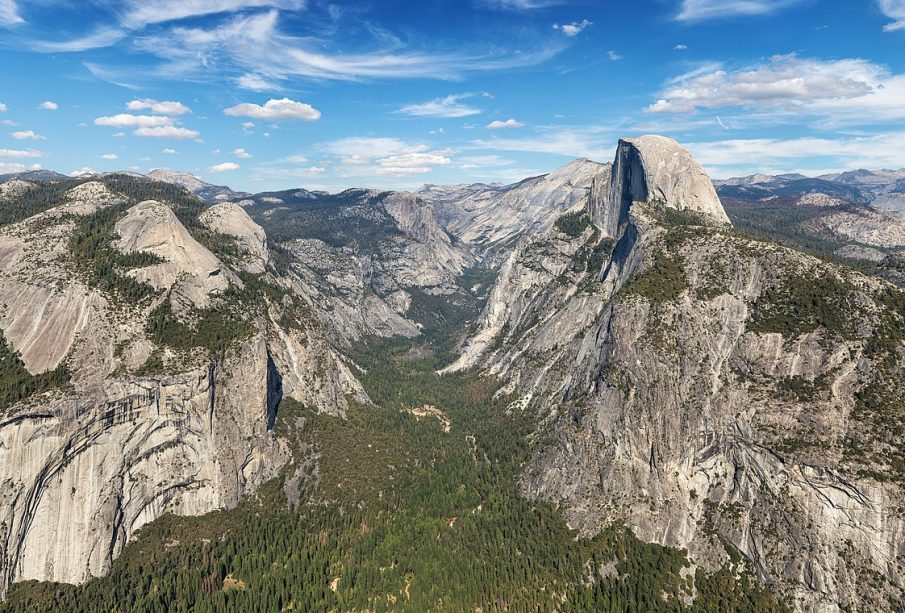Exploring the Wonders of Yosemite National Park

Introduction: A Natural Treasure
Yosemite National Park, established in 1890, is one of the most iconic national parks in the United States, located in the western Sierra Nevada mountains of California. Covering an area of over 750,000 acres, the park is renowned for its stunning granite cliffs, waterfalls, diverse ecosystems, and giant sequoias. Its significance as a national park not only lies in its natural beauty but also in its role as a refuge for varied wildlife and its rich cultural history, which includes Indigenous connections spanning thousands of years.
Recent Developments and Visitor Experience
As of 2023, Yosemite continues to attract millions of visitors each year. However, like many natural spaces, it faces challenges due to climate change and the pressures of increased tourism. The National Park Service has recently implemented a reservation system to manage crowding during peak seasons, promoting a more sustainable and enjoyable experience for all visitors. This initiative aims to reduce the impact on natural resources and enhance visitors’ safety and experience by ensuring that the park’s delicate ecosystems are preserved.
With the upcoming winter months, activities such as hiking, rock climbing, and photography continue to thrive. This year, Yosemite has also introduced new guided tours focused on ecology and Indigenous history, providing visitors with a richer understanding of the park’s significance beyond its stunning vistas.
Environmental Challenges and Conservation Efforts
Joining the global conversation on climate change, Yosemite National Park is implementing measures to combat environmental concerns such as wildfires and habitat loss. The park has seen a significant increase in wildfire incidents in recent years, prompting officials to invest in fire management strategies, rehabilitation of affected areas, and habitat conservation efforts. These initiatives prioritize protecting the unique biodiversity found within the park while supporting the long-term resilience of its ecosystems.
Conclusion: A Legacy to Preserve
As Yosemite National Park approaches its 133rd anniversary, the need for conservation and responsible tourism remains critical. The park is not only a treasured destination for its striking landscapes but also a vital sanctuary for wildlife and cultural heritage. Looking forward, continued efforts in education, sustainable practices, and community involvement will play an essential role in ensuring that Yosemite National Park remains a cherished destination for future generations to explore and enjoy. Through awareness and responsible choices, we can all contribute to preserving this natural masterpiece.









